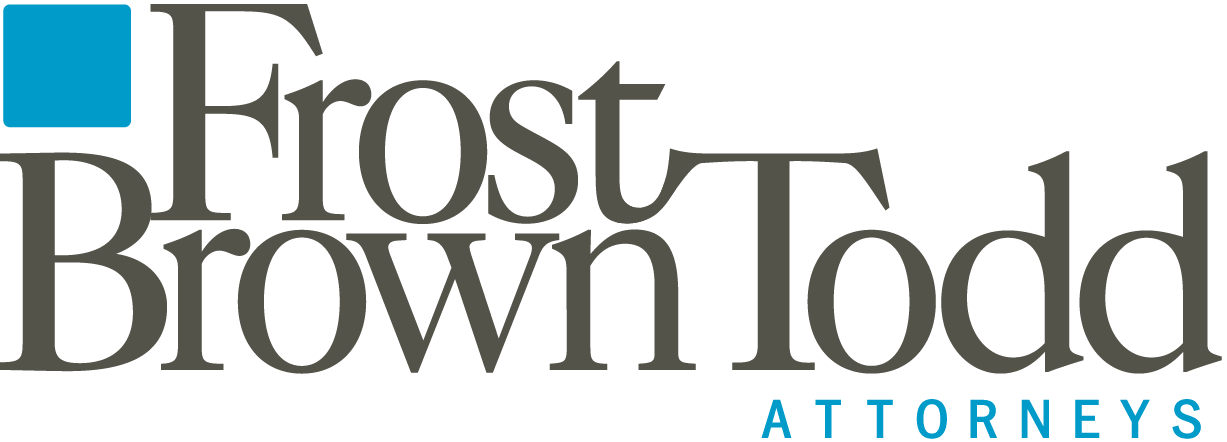This is the third installment in our series on sale-leaseback transactions, which have been instrumental in fostering the growth of numerous retail businesses by leveraging real estate assets as a significant source of capital. If you’re new to this series, you can check out our other articles below.
- Breaking Down Sale-Leaseback Transactions | Part 1
- Reverse Build-to-Suit: Sale Leaseback Transaction with a Twist | Part 2
- Sale-Leaseback Due Diligence Considerations | Part 4
What Is a 1031 Exchange?
Many real estate investors use 1031 exchanges to defer capital gains taxes while reallocating their capital into different investments. One effective strategy involves combining a 1031 exchange with a sale-leaseback. By combining these tools, investors can acquire new properties with built-in long-term tenants, defer tax liabilities, and enhance both the financial performance and operational efficiency of their portfolio.
A 1031 exchange, established under Section 1031 of the Internal Revenue Code, allows real estate investors to defer the payment of capital gains taxes when selling an investment property, provided they reinvest the proceeds into another “like-kind” property. Like-kind property generally refers to investment real estate of the same nature or use, of equal or greater value, and subject to other conditions set forth in the applicable regulations. With respect to the requirement that real estate must be the same nature of use, a broad interpretation is applied, and nearly all real estate interests qualify as like-kind. For example, unimproved land can be exchanged for improved property, commercial property for residential, or business-use property for investment property. Even a leasehold interest of more than 30 years is considered like-kind to a fee simple interest. Generally, in accordance with IRS Form 8824, the “like-kind” exchange of property in a sale-leaseback transaction will be that which is used for business or investment purposes.
How Can Investors Take Advantage of a 1031 Exchange?
In a typical sale-leaseback transaction involving a 1031 exchange, investors often use a three-party exchange structure with a qualified intermediary, since the properties aren’t exchanged between the same buyer and seller. The caveat is the strict reinvestment timeline. Once the property is sold, proceeds are placed in escrow with a qualified intermediary, often the title company that handled the closing, and cannot be accessed by the investor. The day after the sale, a 45-day identification period begins, during which the investor must identify one or more replacement properties in writing to the intermediary. Running concurrently, the investor also has 180 days to complete the exchange. Alternatively, a “reverse 1031 exchange” allows the investor to purchase the replacement property before selling the existing one, using an exchange accommodation titleholder to hold the title until the sale.
What Are the Benefits and Risks of a 1031 Exchange?
A properly structured 1031 exchange can pose minimal risk to both the purchaser and the seller due to well-defined IRS rules and the use of a qualified intermediary to securely manage funds. In a sale-leaseback context, either party—the seller or the purchaser—may utilize a 1031 exchange. That said, the seller is not directly involved in the purchaser’s exchange process, or vice versa (excluding any required notices and provisions in a purchase agreement), and remains unaffected if the 1031 party fails to meet the necessary deadlines. The primary risk, although minimal, lies with the 1031 party, as missing these deadlines doesn’t carry legal penalties, but it does result in the loss of tax deferral and the full capital gains tax becoming due. As a result, time is truly of the essence with these deals.
A 1031 exchange encourages continued investment in real estate. It allows investors to expand business by deferring taxes and reinvesting full proceeds into a more expensive property or several properties that may provide higher profitable income. Additionally, if desired, a 1031 exchange allows investors to enter different regional markets.
How Can Investors Make 1031 Exchanges More Effective with a Sale-Leaseback Transaction?
When paired with a 1031 exchange, a sale-leaseback becomes even more strategic. In a standard sale-leaseback transaction, the investor sells the property to a third-party purchaser while retaining occupancy and continuing operations through a lease agreement executed at closing. This arrangement is frequently used as a financing strategy, enabling the owner-seller to release capital that was previously tied up in the property.
A 1031 exchange makes this even more powerful by letting investors retain more of their profits and reinvest without an immediate tax hit, maximizing the full reinvestment potential. This strategy is especially common for investors in retail properties with triple net leases that are designed to be more passive investments. These types of businesses often need access to capital to expand yet still depend on their physical locations to deliver services or reach customers, making it essential to unlock equity without interrupting daily operations.
As market conditions shift and access to capital becomes more critical, creative approaches like combining 1031 exchanges with additional tax strategies and sale-leasebacks give investors the flexibility to adapt, grow, and stay competitive in a dynamic real estate industry. To learn more, please reach out to the authors or any attorney with Frost Brown Todd’s Retail and Shopping Center Finance industry team.
So far in our sale-leaseback summer series, we’ve broken down sale-leaseback fundamentals, explored the nuances of reverse build-to-suit transactions, and provided a checklist of the most important due diligence considerations for investors prior to acquiring or leasing a property. Be sure to visit our Triple Net Blog as we dive into different deal structures, compliance challenges specific to transactions involving institutional capital, such as private equity and real estate investment trusts (REITs), and how triple net properties fit within larger projects and portfolios.
